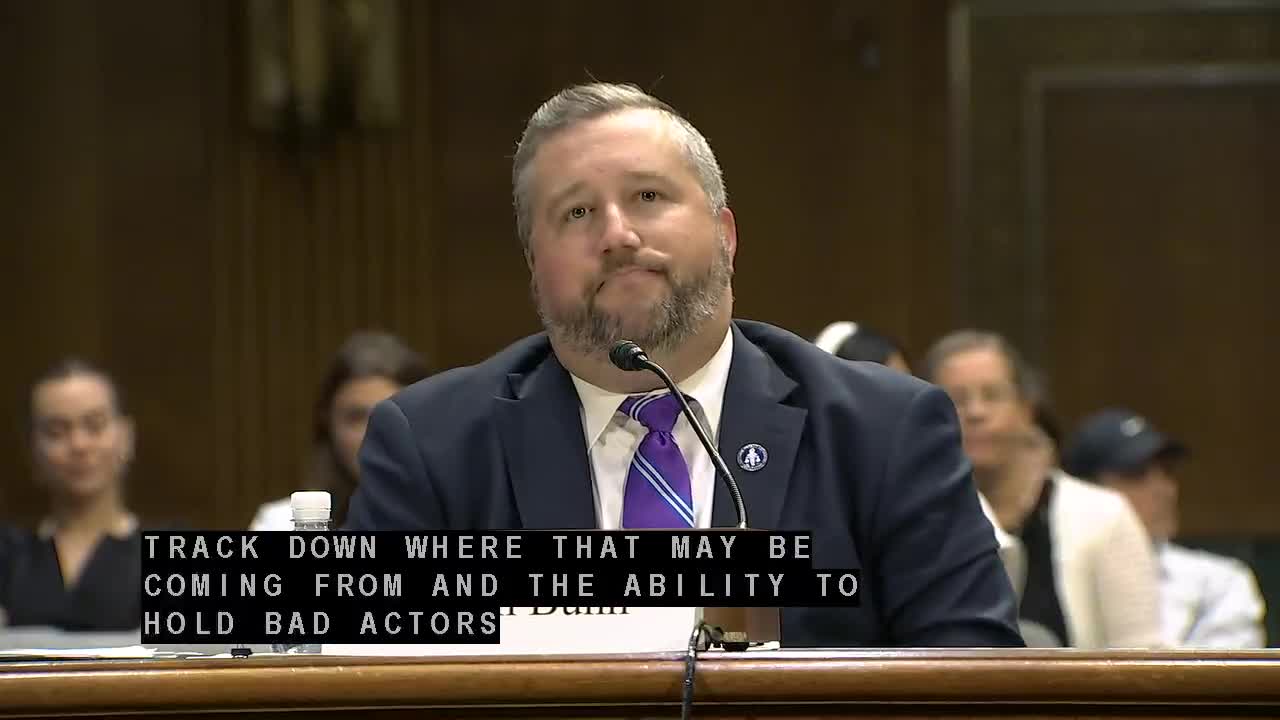Older Americans Act Addresses Senior Abuse Through Educational Programs and Support Services
July 30, 2025 | Aging (Special), Special, Select and Other Committees - House & Senate, Congressional Hearings Compilation
This article was created by AI summarizing key points discussed. AI makes mistakes, so for full details and context, please refer to the video of the full meeting. Please report any errors so we can fix them. Report an error »

Elder abuse is a growing concern, and the recent meeting of the US Aging (Special) Committee highlighted critical strategies to combat this issue. Ms. Bridal emphasized the importance of the Older Americans Act, particularly its Title 7 elder abuse prevention programs, which play a vital role in educating communities and identifying signs of abuse among seniors.
Bridal explained that trained specialists visit homes and congregate meal sites, where they can spot red flags of abuse, such as malnutrition or signs of financial exploitation. These specialists build trust with seniors, making it easier for them to disclose troubling situations, like financial theft by family members. Home-delivered meal programs also serve as an essential resource, allowing another set of eyes to monitor the well-being of older adults.
Mr. Bosco, another committee member, expressed pride in the reauthorization of the Older Americans Act, calling it a cornerstone of aging policy. He noted that the programs funded by this act not only support seniors in living independently but also save money by preventing costly institutional care.
The meeting underscored the silent crisis of elder abuse, which affects millions of older Americans who often suffer in isolation. Ms. Osbergs pointed out that whether through financial exploitation, physical abuse, or neglect in care facilities, many seniors remain vulnerable and fall through the cracks. The discussions at this meeting reaffirmed the urgent need for continued awareness and action to protect this at-risk population.
Bridal explained that trained specialists visit homes and congregate meal sites, where they can spot red flags of abuse, such as malnutrition or signs of financial exploitation. These specialists build trust with seniors, making it easier for them to disclose troubling situations, like financial theft by family members. Home-delivered meal programs also serve as an essential resource, allowing another set of eyes to monitor the well-being of older adults.
Mr. Bosco, another committee member, expressed pride in the reauthorization of the Older Americans Act, calling it a cornerstone of aging policy. He noted that the programs funded by this act not only support seniors in living independently but also save money by preventing costly institutional care.
The meeting underscored the silent crisis of elder abuse, which affects millions of older Americans who often suffer in isolation. Ms. Osbergs pointed out that whether through financial exploitation, physical abuse, or neglect in care facilities, many seniors remain vulnerable and fall through the cracks. The discussions at this meeting reaffirmed the urgent need for continued awareness and action to protect this at-risk population.
View full meeting
This article is based on a recent meeting—watch the full video and explore the complete transcript for deeper insights into the discussion.
View full meeting